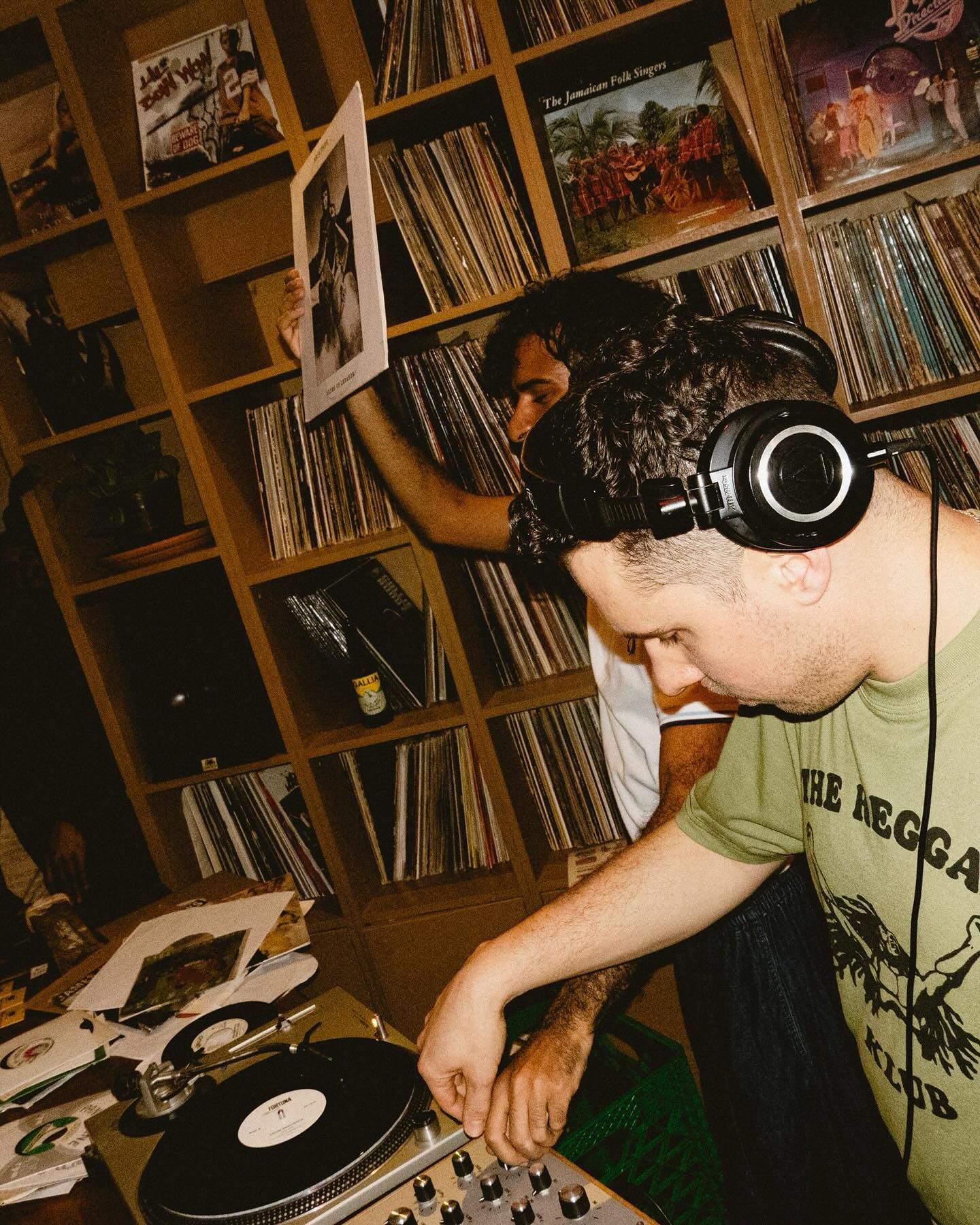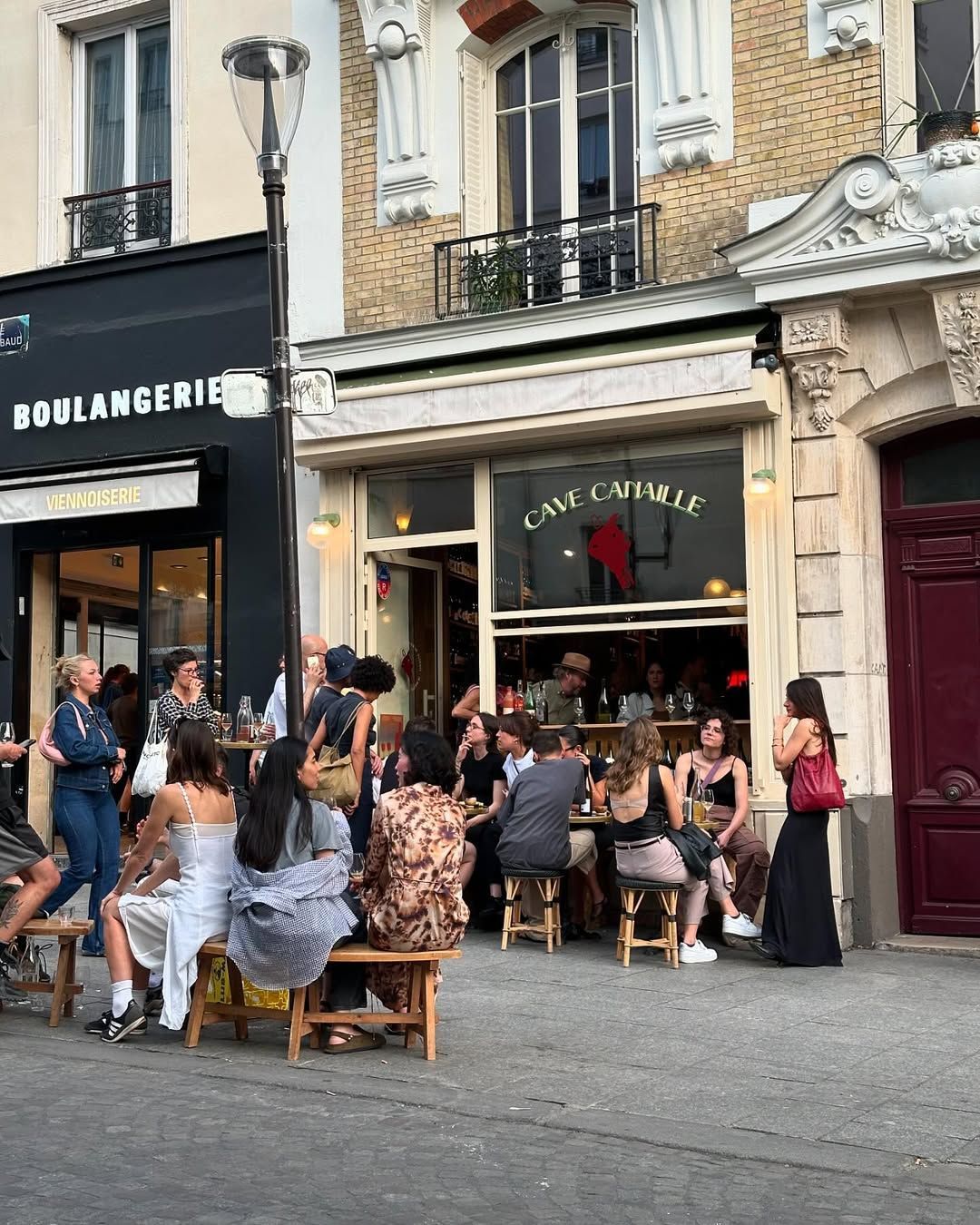
The transformation of the Centre Pompidou A revolutionary closure for an artistic renaissance
Nearly 50 years ago, the Centre Pompidou opened its doors in 1977, shaking up the artistic and architectural scene in Paris. This «glass and steel ship,» designed by Renzo Piano and Richard Rogers, and its avant-garde design caused quite a stir. With its colorful pipes and exposed structure, it rejected the architectural conventions of the time, becoming a bold symbol of modernity. But behind this revolutionary appearance, the building has aged. Today, the Centre Pompidou is preparing for a new transformation. Starting in Fall 2024, massive asbestos removal and modernization works will begin, necessitating its complete closure for a period of five years. This colossal project, estimated at 262 million euros, aims to adapt this cultural monument to the present era while respecting its heritage. A challenge worthy of the international aura of this place, which has, since its creation, redefined the way art is exhibited and experienced.
During this closure, an unprecedented project is taking shape in Île-de-France: the creation of the Fabrique de l'Art in Massy. This temporary museum, designed to house the collections of the Centre Pompidou as well as part of the Musée national Picasso-Paris, aims to be much more than just a storage facility. Located in the green setting of the Blanchette estate, a few kilometers from Paris, Philippe Chiambaretta's architectural project offers a symbiosis between nature and technique. The goal is twofold: to preserve the artworks in optimal conditions while providing an innovative exhibition space of 3,000 m² where modern art and contemporary creation can interact. With a 105 million euros budget, this Fabrique de l'Art represents a new stage in the ambition for cultural decentralization, responding to a growing desire to move beyond Parisian borders to reach a wider audience. The choice of Massy, at the heart of the Paris-Saclay hub, highlights this dynamic by anchoring culture in an expanding area.
By bringing together the 140,000 works of the Centre Pompidou and the 5,000 pieces from the Picasso Museum, the Fabrique de l'Art promises a rich and diverse program. Unique exhibitions will highlight 20th-century masterpieces alongside the most daring contemporary artists, creating unprecedented connections between eras and styles. This hybrid project is part of an international outreach effort, showcasing artistic scenes that are still underrepresented, such as those from the Middle East, Africa, or Asia. Far from being just a transitional backdrop, the Fabrique de l'Art is set to be a true laboratory for artistic experimentation. And when the Centre Pompidou reopens in 2030, newly renovated and modernized, it will continue its pioneering mission in the art world, proving once again that it has never stopped reinventing itself. A return that promises to be as spectacular as its opening in 1977.















































